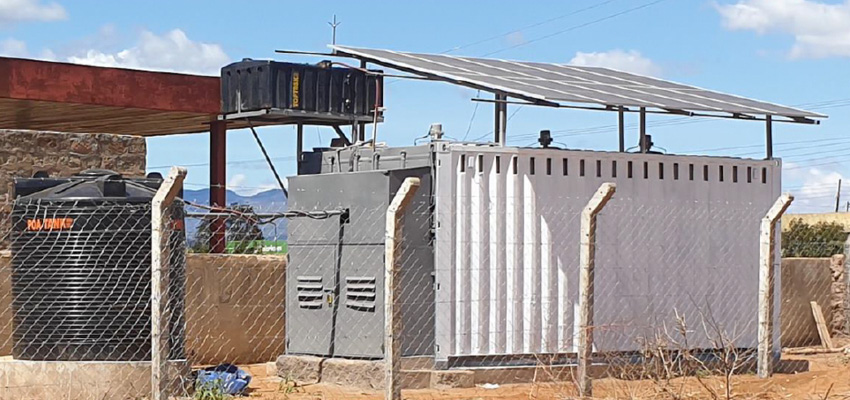
Overview
In many countries, a significant portion of the food produced (30%-50%) is lost before it reaches the table. Improved fruit and vegetable storage has the potential to reduce food loss, provide farmers and produce vendors with increased flexibility to sell their produce during favorable market conditions, and improve access to nutritious food in the communities.
A team from MIT has developed and tested an innovative design that retrofits common shipping containers to provide a lower-cost alternative to refrigerated cold rooms and a better-performing alternative to non-climate-controlled environments. This solution, which relies on forced-air evaporative cooling, has the potential to provide an effective, low-cost solution for postharvest fruit and vegetable storage in low-income regions with hot and dry climates. The rapid cooling rates achievable with forced-air evaporative cooling have significant potential for providing value at the pre-cooling stage, especially because this technology can be deployed near the farm gate, reaching produce shortly after harvest.
The team has deployed pilot chambers in Kenya and India, the technology is ready for broader dissemination and commercialization, which will be achieved through publishing publicly available open-source designs of the technology and engagement and support of
early adopters and promoters of the technology.
More information
How to Build a Fruit and Vegetable Cooling Chamber
Evaporative Cooling for Vegetable Preservation
Contact
Eric Verploegen, CoolVeg Foundation, MIT D-Lab Affiliate
Leon Glicksman, Massachusetts Institute of Technology Building Technology Program

